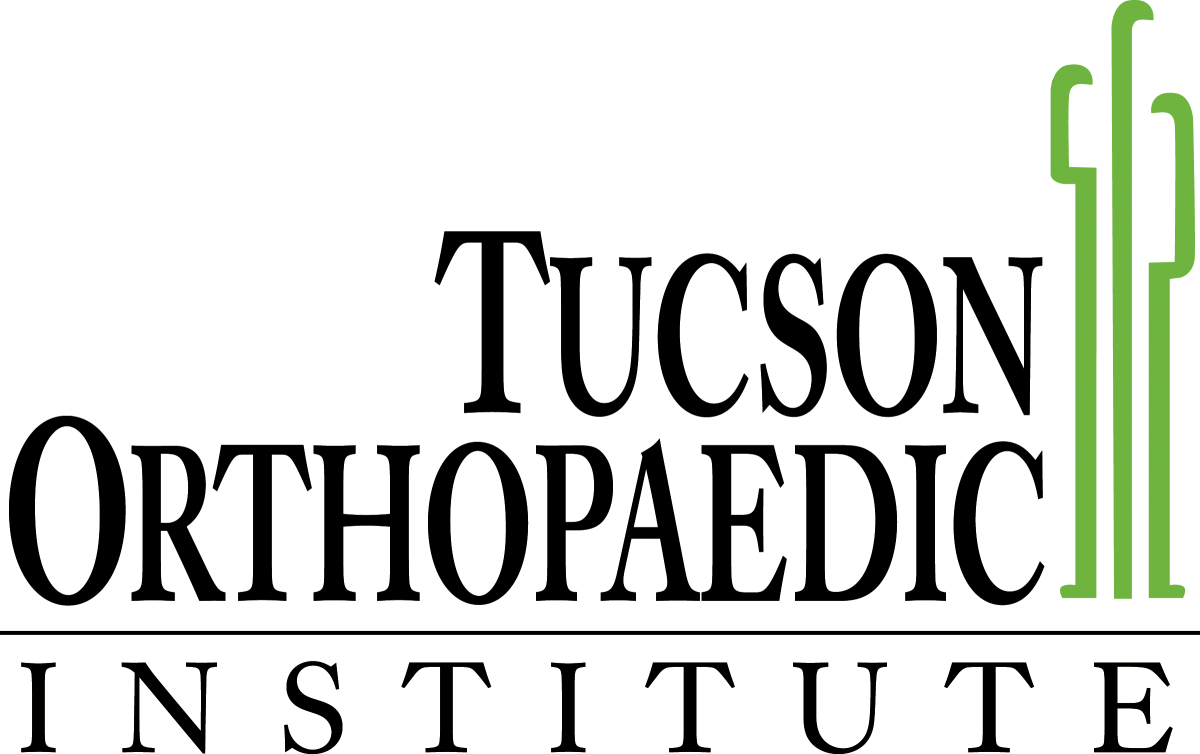Exercising Caution: Too Much, Too Fast, Too Soon
If someday you find yourself sitting around the house with your leg in the air, the limb wrapped in ice and towels – looking like a corn dog – you may need to see a surgeon. William Prickett, MD, an orthopedic consultant for the University of Arizona athletics department (and sports medicine surgeon at Tucson Orthopaedic Institute), has seen it all.
“The most common thing that leads to injury is the proverbial ‘terrible too’s’ – they do too much, too fast, and they do it too soon.” The CDC reports that in 2011, unintentional overexertion was the second-leading cause of non-fatal injuries in people aged 25-55. “I tend to see lots of shoulder problems from overuse injuries related to racquet sports and golfing.”
“In younger patients, in the shoulder, there tends to be more surgery that’s related to instability and it involves reconstructing and repairing ligaments. More common in the weekend warrior or older athlete is rotator cuff work.” 
If, like an automobile manufacturer, Dr. Prickett could recall one body part, it would probably be the shoulder.
“The shoulder is very much dependent on muscles and soft tissues for stability. The range of motion that we have puts that joint at significant risk. The amount of force that we create just throwing a baseball is excessive and sometimes more than I think it was engineered to do.”
Overuse injuries can be prevented by cross training and using good form and technique, according to Dr. Prickett. Overuse injuries are different than acute injuries. “The acute traumatic injuries often are just unlucky,” he says. “Somebody gets injured on a trampoline or playing basketball. They may have been playing for years and for whatever reason they were unlucky that day.”
So what are the signs that you should see a doctor?
“If someone is having difficulty with weight bearing, if their extremity looks different, there’s numbness or tingling, and severe pain that’s not improving – all of those things are red flags saying this is not just muscle soreness.”
Dr. Prickett has some new tools he can use to repair injured joints.
“There have been advances in things such as growth factors and platelets – using your own blood to treat your injuries.”
This is called platelet-rich plasma. “We use a component of the patient’s own blood that is injected back into the site of injury, with the goal of allowing the body to heal itself.”
He also can use tissue engineering, replacing cartilage defects, most commonly in the knee. “There are techniques that allow you to remove small pieces of cartilage, expand them in the lab and then put them back into the defect,” he says.
“The most common thing that we see done now is a rotator cuff repair, which is a shoulder procedure to repair torn tendons.” Historically this was done where the muscle was divided and then the tendon was repaired back to the bone, but now with improvements in arthroscopic techniques it can be done without cutting the muscle.
“This is due to advances in the ability to visualize structures and new instrumentation and fixation techniques,” Dr. Prickett says. “Not only can we see better, but we can manipulate tissue better, and we’ve had advances in the ability to fix tendon to bone.”
Tendons connect muscle to bone, which are different than ligaments that connect bone to bone. “In the shoulder, most injuries occur where the tendon attaches to the bone. You can see weakening of the tendon and tearing of the tendon.” This is where Dr. Prickett gets down to some serious suturing.
“A repair of the tendon is hooking the tendon back into the bone. We have anchors that have suture attached to them, so we put an anchor in the bone. Suture then gets wrapped around the torn tendon and you tie it back together. These type of tendon injuries don’t heal on their own, so you need to repair it,” he says.
Once repaired, the patient may feel a little too good. “One of the struggles we have as physicians with any type of reconstructive procedure is that there are times when they feel great, but it’s not in the patient’s best interest to high load that joint with exercise.”
One way to try and stay out of his office is to take care of your feet.
“There’s been a big trend in barefoot running, but if you can keep your feet covered, I don’t understand why you wouldn’t,” he says. “The key thing is comfort. I see a lot of patients who try new things, new trends. Don’t try to make your foot or your gait fit into something that’s not comfortable for you, because that’s where we see a lot of these overuse injuries. To me it’s a little like trying to put a square peg in a round hole. If it doesn’t feel right, if it hurts, stop.”
He can’t say if he has a favorite procedure he performs. “All of them are interesting and enjoyable on my part, because you get people back to doing things that they want to do. I love working on athletes’ knees and reconstructing their ACL, because it’s exciting to see athletes be able to get back to participate in what they enjoy doing.” He concludes, “It’s just as exciting to see a soccer player get back on the field as it is to see a grandparent feeling comfortable picking up their grandchild.”
For more information about Dr. Prickett, or to make an appointment, please contact the Northwest office.
Excerpt from the September 2014 issue of Tucson Lifestyle Magazine
Written by Owen Rose
Photo credit: Kris Hanning
